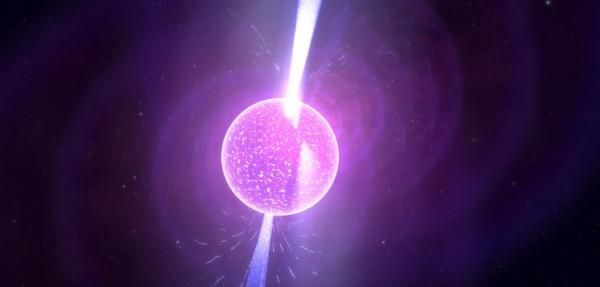Jan. 10 (UPI) — By analyzing the unique rotation of FRB 121102, a fast radio burst discovered by Cornell astronomers, scientists have been able to study the nature of its cosmic origin.
While studying the giant pulse of radio waves, researchers realized the waves gyrate, or “twist and shout,” as they pass through a veil of magnetized plasma. The twists represent what’s called Faraday rotation, while the shouts describe the bursts.
By measuring these two phenomena, scientists can better understand the cosmic conditions that inspired the massive pulse of radio waves.
Read more









Comments are closed.